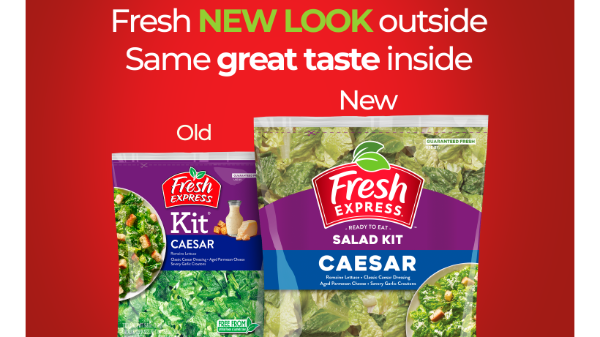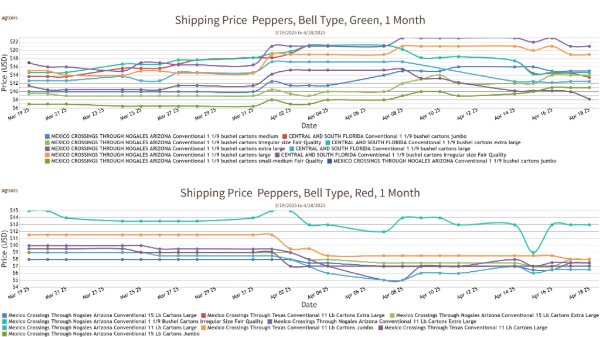Welcome to Blue Book!
Are you ready to join the thousands of companies who rely on Blue Book to drive smarter decisions? View our plans and get started today!
Still have questions? We’d love to show you what Blue Book can do for you. Drop us a line– we’ve been waiting for you.

Mark Cox, president of Cox Farms Market, Inc., is a retailer located fifteen minutes from the market, and he laments the fragmentation that has occurred. “It used to be that everything was centered around the farmers’ market—really good warehouses and top-quality produce—but a lot of businesses have disappeared,” he says. “Now, instead of being concentrated together, warehouses are spread out, miles apart.”
The Trends
Like many other cities, Dallas has seen a surge in demand for both ethnic and locally grown produce. “We sell a lot of East Texas tomatoes, peaches, plums, onions, and okra—everything we can get locally,” says Cox. “We were buying local before it was cool. That’s how my family started.”
Charles McCowan of Hardie’s Fruit & Vegetable Company says he’s also noticed increased demand for locally grown items. “During the late spring and early summer, we’re dealing with local peaches, blueberries, and blackberries. In the summer, it is melons and squash, then we wrap up the year with sweet potatoes and cabbages.”
In regards to ethnic fruits and vegetables, considering roughly one in six Texans were foreign-born, it’s no surprise that ethnic produce is a top commodity. “Dallas, and Texas in general, have some of the most diverse communities,” comments McCowan.
Hispanic produce also represents a large portion of Cox Farms Market’s trade. “We’ve sold ethnic produce for years, such as tomatillos, jalapeno peppers, and jicama,” Cox says.
Another burgeoning trend in Texas is the rise of hydroponically-grown vegetables, one of the fastest growing sectors of agriculture. Many predict this innovative growing method will dominate food production in the future, especially in regions where water is scarce.
“These hydroponic houses are such good stewards of water, and they’re recycling the water and nutrients they use to feed their plants,” McCowan explains. “Plus, the attention to quality is there, especially the living lettuces that still have the root ball attached to the plant.” These ‘living lettuces’ come in several vibrant colors, he notes, as well as diverse textures and flavors, and have excellent shelf life. “Even five to six days after harvest, they’re still just as crisp as the day they were harvested because of the root ball.”
The Difficulties
From wild weather to food safety obstacles, Dallas produce businesses have faced a number of daunting challenges over the past year.








